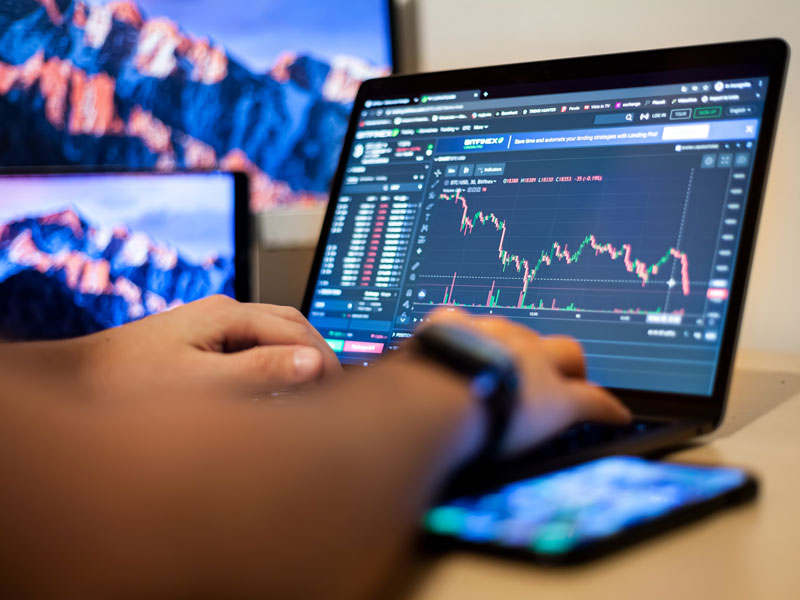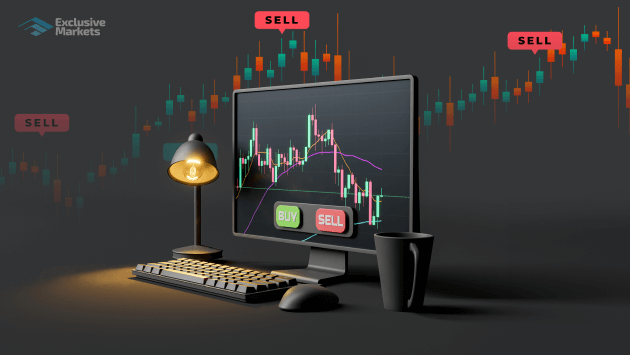Mastering Forex Trading Understanding the Foreign Exchange Market

Forex trading, or foreign exchange trading, is one of the most dynamic markets in the world, offering vast opportunities for profit. The foreign exchange market is unique; it operates 24 hours a day, five days a week, enabling traders from different time zones to engage in trade. Whether you are a novice or experienced trader, understanding the fundamentals of forex trading can significantly impact your trading success. For more information on successful trading strategies and market insights, visit forex trading foreign exchange market https://trading-asia.com/.
What is Forex Trading?
Forex trading involves the buying and selling of currencies in pairs, such as EUR/USD (Euro/US Dollar) or GBP/JPY (British Pound/Japanese Yen). The primary goal is to profit from fluctuations in exchange rates between these currencies. Unlike traditional stock markets, forex trading decentralizes, operating through a vast network of banks, brokers, and individual traders across the globe. This means that forex is influenced by various factors, making it essential for traders to stay informed about global economic events.
The Structure of the Forex Market
The forex market consists of multiple participants, including:
- Central Banks: They regulate their national currencies and manage monetary policy, which can directly influence exchange rates.
- Commercial Banks: These institutions conduct currency transactions on behalf of clients and also engage in speculative trading.
- Corporations: Companies involved in international trade often need to exchange currencies for business transactions.
- Retail Traders: Individual traders who participate in the forex market via brokers, looking to earn profit from currency fluctuations.
How Forex Trading Works
In forex trading, currencies are quoted in pairs to show their value relative to one another. For instance, if the EUR/USD exchange rate is 1.20, it means that one Euro can be exchanged for 1.20 US Dollars. Traders speculate on the direction of the currency movement—whether a currency pair will increase or decrease in value. If they believe the Euro will strengthen against the Dollar, they would “buy” the EUR/USD pair. Conversely, if they expect the Dollar to strengthen, they would “sell” the pair.
Understanding Pip and Spread
Two critical concepts in forex trading are “pip” and “spread.” A pip is the smallest price move that a currency pair can make based on market convention, typically the fourth decimal place (0.0001) for most currency pairs. The “spread” represents the difference between the buying price (ask) and the selling price (bid) of a currency pair. Understanding these terms is crucial for calculating potential profits and losses in trading.
Leverage in Forex Trading
One of the significant advantages of forex trading is the availability of leverage, allowing traders to control larger positions with a smaller amount of capital. For example, a leverage of 100:1 means that with $1,000, a trader can control $100,000 worth of currencies. While leverage can amplify profits, it also increases the risk of significant losses, making risk management strategies paramount for traders.

Analysis Techniques in Forex Trading
Successful forex trading often involves a combination of technical and fundamental analysis.
- Technical Analysis: This method involves analyzing price charts and patterns to predict future movement. Traders rely on indicators like moving averages, RSI (Relative Strength Index), and Fibonacci retracement levels to identify entry and exit points.
- Fundamental Analysis: This approach evaluates economic indicators, news events, and geopolitical factors that can influence currency values. Traders analyze reports such as GDP growth, unemployment rates, and central bank policies to make informed decisions.
The Role of Economic Indicators
Economic indicators play a pivotal role in forex trading. Key indicators include:
- Interest Rates: Central banks dictate interest rates, affecting currency demand and value.
- Inflation: Rising inflation typically leads to higher interest rates, influencing currency strength.
- Employment Data: Reports on job growth impact consumer spending and economic health, which, in turn, can affect currency values.
Risk Management Strategies
As with any form of trading, managing risk in forex is essential. Traders need to use strategies such as:
- Stop-Loss Orders: These orders automatically close a trade at a predetermined price, limiting potential losses.
- Position Sizing: This involves determining the appropriate amount of capital to risk on a trade, based on account size and risk tolerance.
- Diversification: Trading various currency pairs rather than concentrating on one reduces overall risk exposure.
Choosing a Forex Broker
Selecting the right forex broker is crucial for your trading success. Look for brokers that offer:
- Regulation: Ensure the broker is licensed and regulated by a reputable authority.
- Trading Platform: A user-friendly and reliable trading platform enhances your trading experience.
- Customer Support: Efficient customer service ensures assistance when needed.
Conclusion
Forex trading presents immense opportunities, but it also comes with challenges and risks. By understanding the mechanisms of the foreign exchange market, utilizing effective strategies, and practicing diligent risk management, traders can navigate this exciting landscape more effectively. As you embark on your trading journey, remember to stay informed about market trends, economic indicators, and global events that may impact currency values. Continuous learning and adaptation are the keys to success in the ever-evolving world of forex trading.

